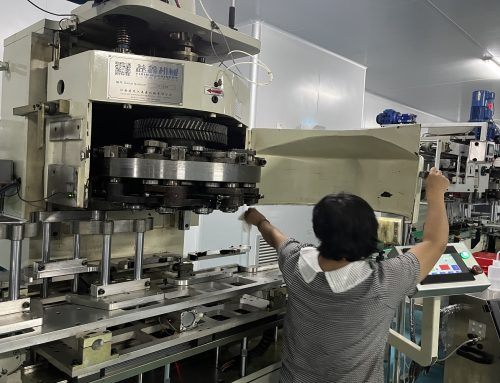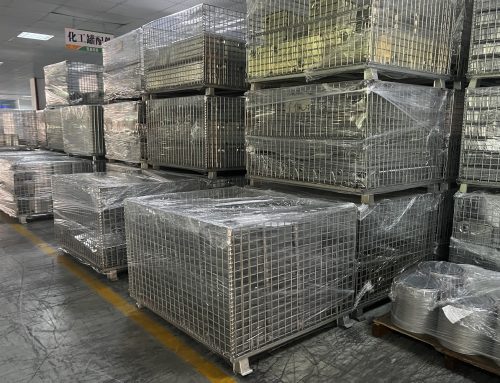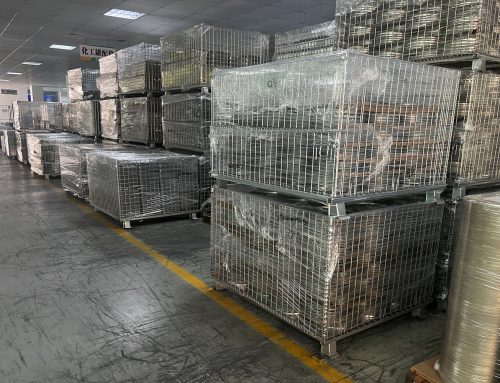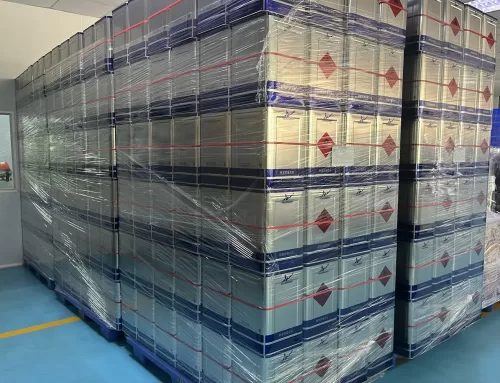In the international standard, the definition of metal can is “a rigid container made of metal material with a maximum nominal thickness of 0.49 m”. my country’s GB 13040-91 defines a tank as: “a container with a smaller capacity made of metal sheet.” Since there is no quantitative concept of “sheet” and “capacity”, the boundaries between barrels and tanks are not absolute.
1. Classification and characteristics of metal cans
(1) Classification
According to the production method: two-piece can, three-piece can;
According to the tank type: round tank, square tank, oval tank, trapezoidal tank, horseshoe-shaped tank, special-shaped tank;
According to the opening method: open-top cans, pop-top cans, roll-open cans, etc.;
According to whether there is paint on the inner wall: plain iron cans and paint cans;
According to the material: tinplate cans, aluminum cans, TFS cans.
(2) Features. Metal packaging containers have good mechanical properties. It has stronger impact resistance than paper and cardboard, plastic, wood, glass and other containers, and is not easy to break. It has good processing performance and beautiful luster, so it is widely used in food, Pharmaceutical, chemical, light industry and fuel industries.
2. Can making process
Metal cans are produced in two ways: three-piece cans and two-piece cans.
(1) The production process of the three-piece can. The metal three-piece can is composed of three pieces of can body, can bottom cover and top cover. After printing, it needs to be coated with varnish and can be processed.
①Apply varnish. Overcoat varnish, also known as overcoat varnish, coats the surface of printed metal prints, which can increase the gloss and beauty of the printed surface and protect the printed surface. At the same time, it also increases a certain hardness, so that the coating film on the printing surface has a certain flexibility and chemical resistance.
②Canning processing. Cut the coils into rectangular sheets, cut into long blanks and roll into cylinders and weld side seams, repair the coating at the joints, cut the cylinders, form grooves or corrugations as needed, and then form flanges at both ends and install them. The upper end cover (generally, when producing three-piece cans, one end is closed first, and the other end is closed after the product packaging is completed) and stacked after inspection.
The three-piece can production methods include tin welding, resistance welding and bonding. The main difference lies in the seam method of the can body, while the processing of blanking, can bottom and can lid are basically the same. The combination with the can body basically adopts the method of double hemming.
(2) The production process of the two-piece can. The two-piece can is composed of a can body and a can cover. The structure of the can cover is a unified easy-open cover. After printing, it also needs to be coated with varnish and can be processed.
There are two processing methods for the two-piece can body: thinning and drawing cans and deep drawing and cupping.
(3) Back cover. The can body and the bottom cover are rolled up by four parts: the upper pressure head, the lower tray, the head channel, and the second edge curling roller of the sealing machine to form a double edge.
3. Development of metal cans
With the advancement of smelting technology and steel rolling technology, steel plates are getting thinner and thinner, and the containers made are getting lighter and lighter. The same is true of aluminum alloy plates for making two-piece cans. The improvement of raw materials is still a development trend.
At present, resistance welding is generally used for three-piece cans. However, for some new and low-cost materials, resistance welding is not effective. Laser welding should be used, which can achieve higher production speed and reduce the overlap width and save materials. The production technology of two-piece cans has developed rapidly in the world. At present, some large international companies in Switzerland, Italy and other countries have adopted the pre-printing one-step stamping technology, which greatly simplifies the can-making process and improves the production efficiency, making the two-piece can more efficient. Market Competitiveness.





